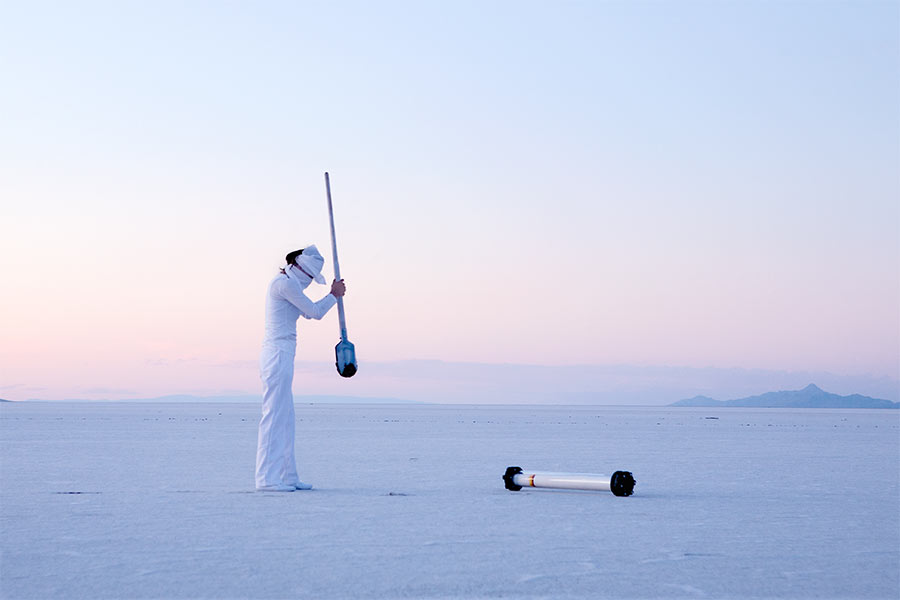
The Architectural League’s 32nd annual Emerging Voices Award brings a focus to creative practices that will influence the future direction of architecture. Each of the eight firms will deliver a lecture this month in Manhattan. The first lecture takes place tonight, Thursday, March 6 at 7:00 p.m. when The Living and Surfacedesign will present their work.
The Living
Brooklyn,
New York
The world of The Living is both high-tech and closely allied with biological systems. Founded by architect David Benjamin, the firm includes or collaborates with artists, engineers, media designers, and musicians, among others. “The issues we face today are so complex, you need to take a multidisciplinary approach,” said Benjamin.
“We’ve always been interested in new technology, in new ways of doing things,” he continued. “Early on we developed what we call ‘flash research,’ where in under three months and for under 100 dollars we create a prototype.” Early projects include membranes that respond to environmental conditions, which could be applied to buildings to create breathable architecture.
|
Living Light, Seoul, Korea (left). Amphibious Architecture, New York, NY (right).
|
||
This kind of innovative practice may seem geared toward the future of architecture, rather than the more material concerns of building in the present, but these research experiments are beginning to be translated into built form. In Seoul, South Korea, The Living created a permanent pavilion, called Living in Light, which translates air quality data in various parts of the city into an illuminated map. Residents can also inquire about air quality in their neighborhood by text message. Inquiries register on the map as blinking light. “It becomes a gauge of public interest in environmental issues and in various parts of the city,” he said.
In the East River at Pier 35, The Living is working on a related project they are calling Amphibious Architecture. A 200-foot-long floating grid of lights marks pollution levels in the river, with blue indicating improved water quality and red indicating poor conditions. White lights glinting through the grid denote the presence of fish.
The Living will get its largest public showing to date this summer with their courtyard pavilion for MoMA/PS 1. The studio is also developing a new building for the School of Architecture at Princeton University, which could translate some of this research into built form: the Laboratory of Embodied Computation. “The project is right in line with our way of thinking,” said Benjamin. “It builds an architecture out of an idea, a test.”